Ultimate heavy equipment transport guide: Top tips and systems for fleets
Discover how using advanced fleet tracking and smart route planning can transform heavy equipment transport — boosting safety, efficiency and cost savings for your business.
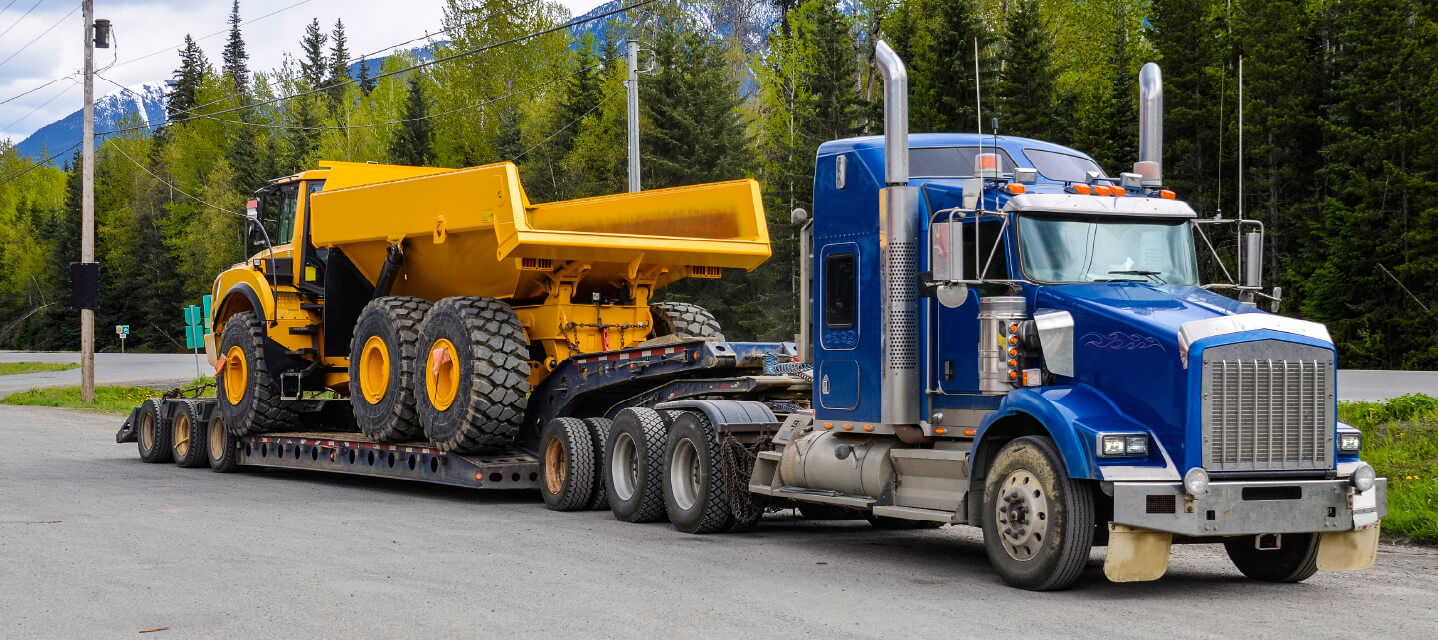
Key Insights
- Heavy equipment transport is the specialized movement of large machinery using tailored carriers designed to meet strict regulatory standards and ensure safe delivery.
- Use real-time data for route optimization and proactive maintenance to reduce delays and enhance overall safety during transport.
- Solutions like Geotab provide advanced fleet tracking and analytics that deliver the insights you need to optimize performance, cut costs and maintain compliance.
Heavy equipment transport is at the core of many industrial operations, and improved safety and efficiency are vital for keeping projects on track. Enhanced safety minimizes accidents and downtime, while efficient practices — like optimizing routes and even improving aerodynamic performance — cut costs and boost productivity.
Explore what heavy equipment transportation entails, the key factors to consider and practical tips for improving heavy equipment shipping. We'll also review how to choose reliable transportation providers and the role of software solutions, including how Geotab can help enhance your fleet’s performance.
What is heavy equipment transportation?
Heavy equipment transportation is the process of moving large machines and industrial equipment from one site to another using specialized carriers. Think of it as moving giant puzzle pieces that require unique tools and careful planning because they won’t fit in a standard truck.
Heavy loads typically refer to equipment that weighs significantly more than everyday vehicles. For example, many regions consider cargo machines with a Gross Vehicle Weight Rating (GVWR) above 80,000 pounds as heavy loads, demanding specialized transport solutions.
Here are some industries that rely on heavy equipment:
- Construction: Heavy equipment helps with earthmoving, foundation work and various building projects.
- Mining: Specialized machinery extracts minerals and transports large loads efficiently.
- Agriculture: Tractors, harvesters and other equipment enhance productivity in large-scale farming.
- Energy and utilities: Equipment supports the installation and maintenance of infrastructure like power lines and renewable energy setups.
- Infrastructure development: Heavy machinery is essential for constructing roads, bridges and tunnels.
- Forestry: Equipment aids in logging operations and the safe transport of timber.
Essential heavy equipment transport factors
When it comes to heavy machinery hauling, several key factors drive fleet efficiency and ensure smooth operations. The main factors include logistics, safety, regulatory compliance and cost reduction. Understanding these can help ensure safe and efficient heavy equipment transport.
Logistics
Effective logistics planning is the backbone of heavy machinery hauling. It involves route optimization, precise scheduling and real-time tracking to maintain punctual deliveries and minimize downtime. With streamlined trucking logistics, you can reduce delays and enhance overall efficiency.
Safety
Safety is paramount in heavy equipment transport. Adhering to strict safety protocols, including proper loading and securing of cargo, regular vehicle inspections and comprehensive driver training, ensures the safety of equipment and personnel.
Here are some ways to create a strong safety culture that minimizes risks and helps prevent costly accidents and repairs:
- Use proper devices to keep equipment stable.
- Check vehicles and safety gear frequently.
- Ensure drivers are well-versed in safety protocols.
- Equip vehicles with reflective gear and quality lighting.
- Choose safe routes and avoid known hazards.
Regulatory compliance
Regulatory compliance is critical when dealing with heavy equipment hauling. You must adhere to federal and state regulations regarding permits, weight restrictions and route limitations to avoid legal complications and fines. Keeping operations compliant safeguards your fleet and contributes to a smoother, more predictable transport process.
Cost reduction
By employing efficient route planning, engaging in predictive maintenance and managing fuel consumption wisely, you can significantly lower operational expenses. Balancing these cost-saving measures with high-quality service leads to long-term financial benefits and a more resilient fleet.
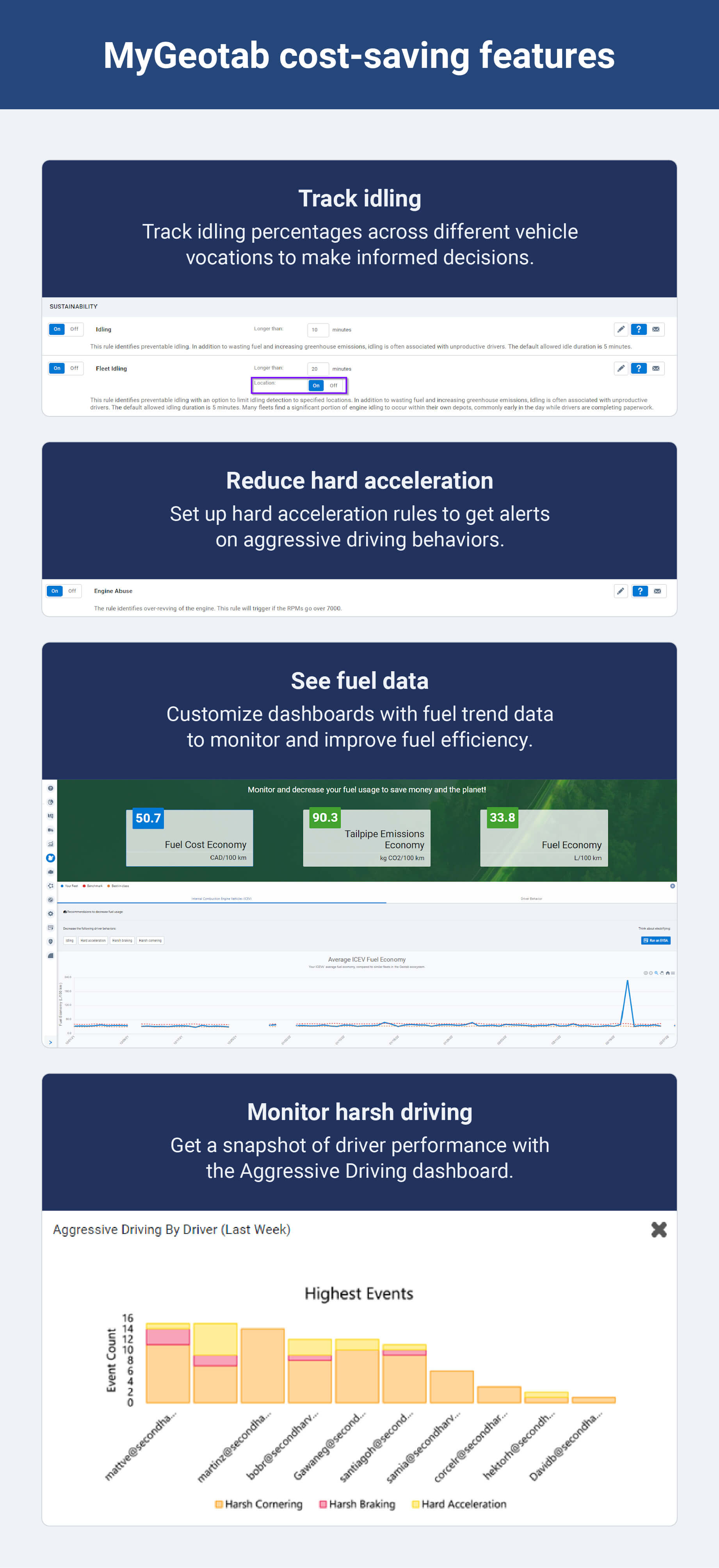
Tips for improving heavy equipment shipping
There are many key steps involved in creating an effective heavy equipment transport route plan. Here are some actionable tips to help you streamline operations, lower risks and boost efficiency during heavy equipment shipping.
Automate regulatory compliance
Automating regulatory compliance with a reliable truck tracker system can simplify managing the complex rules associated with heavy equipment hauling.
By keeping all permits, weight limits and inspection records up-to-date automatically, you can avoid costly fines and legal issues. This streamlined process reduces the administrative burden and ensures that every transport run meets federal and state standards.
Explore Geotab’s DOT compliance software
Enhance driver safety and behavior monitoring
Driver safety is the foundation of reliable heavy equipment transport. Investing in comprehensive driver safety programs and behavior monitoring systems helps reduce accident risks and ensures drivers follow best practices.
Regular feedback through telematics and performance scorecards also promotes safer driving habits and fosters a culture of continuous improvement across your fleet.

Run proactive risk assessments
Proactive risk assessments allow you to identify potential issues before they escalate into major problems.
By analyzing data related to weather conditions, road quality and traffic patterns, your team can make informed decisions and adjust plans in real time. This foresight not only enhances overall safety but also improves the reliability and efficiency of each heavy equipment transport run.
Leverage real-time visibility and proactive route optimization
You can use GPS tracking for construction equipment to monitor vehicle locations, adjust routes on the fly and quickly address any unexpected delays. Proactive route optimization minimizes idle time and avoids obstacles like road closures. It also ensures deliveries stay on schedule and drivers use less fuel.
Explore Geotab’s routing and optimization software
Optimize heavy equipment securement
Proper securement of heavy equipment is essential to protecting valuable assets during transit. Using advanced protection methods and materials ensures loads remain stable and are less likely to suffer damage during transport.
Consider regular checks and updates to protection protocols to maintain safety standards and minimize risks associated with load shifts or accidents on the road.
Top heavy equipment transport systems
Modern software solutions, including equipment tracking software, are revolutionizing heavy equipment transport by providing real-time insights, enhanced operational efficiency and simplified fleet management. Consider the five top tools below.
| Solution | Key benefit |
|---|---|
| Fleet Intelligence | Comprehensive analytics for optimal route planning |
| G70 | Robust telematics for proactive maintenance and enhanced safety |
| TRUCE Contextual Mobility Management | Contextual insights to identify risks early |
| Phillips Connect | Real-time connectivity for swift issue resolution |
| Gamber-Johnson Mounting Solutions | Durable mounting options for reliable data capture |
1. Fleet Intelligence
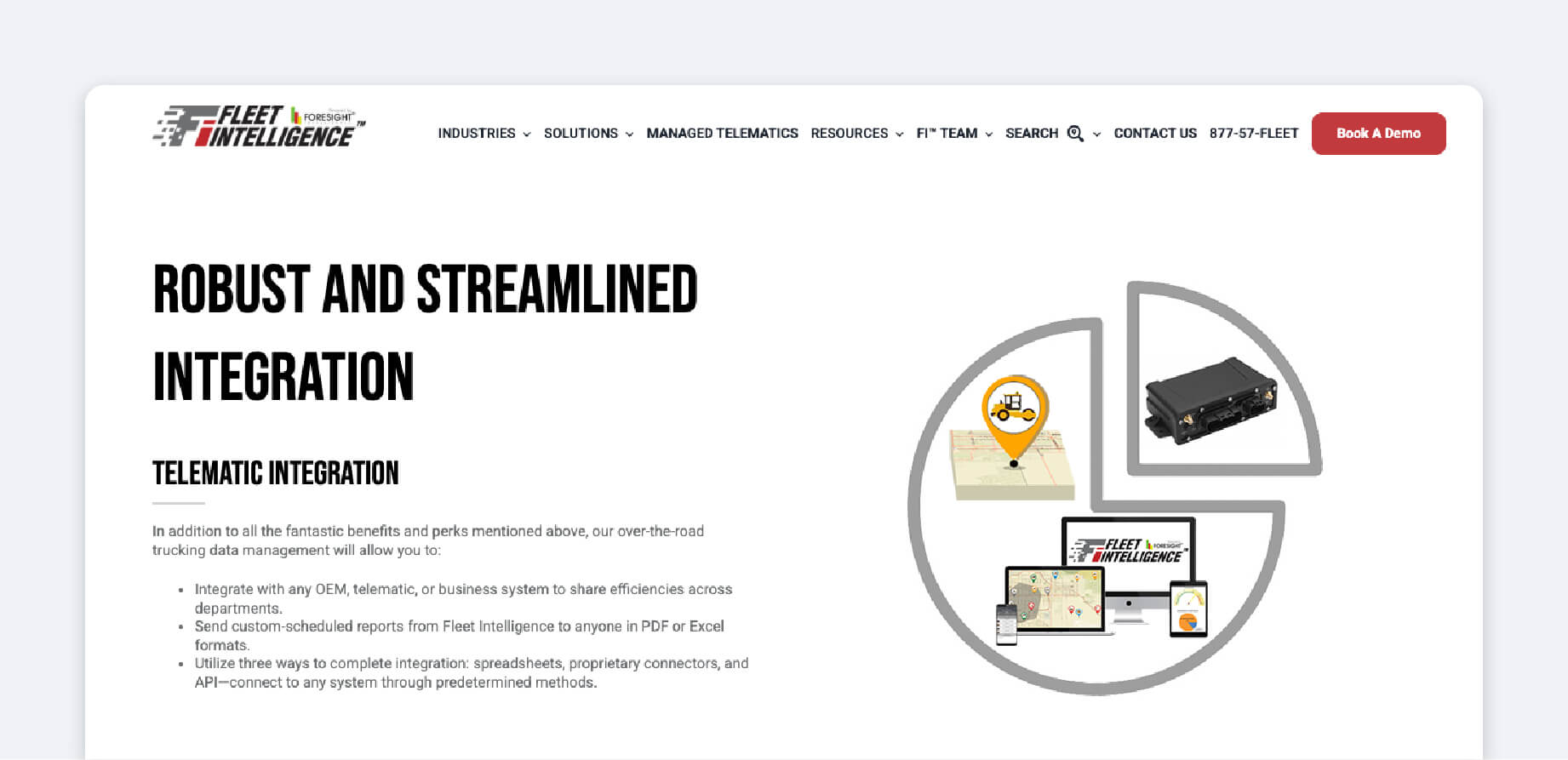
Fleet Intelligence is an all-in-one data solution designed for fleet managers in industries like construction and heavy equipment transport.
By integrating seamlessly with Geotab GO devices, Fleet Intelligence leverages real-time telematics data to provide deep insights into vehicle performance, driver behavior and operational efficiency. This integration empowers you to make data-driven decisions, streamline operations and ultimately maximize fleet productivity.
Key features:
- Streamlines upkeep and operations
- Sends utilization and fault code notifications via Geotab data
- Tailors reports and inspection forms to your needs
- Optimizes dispatch and deployment
Pros and cons:
Pros | Cons |
|---|---|
|
|
2. G70

G70 is the ideal asset tracker for trailers and heavy equipment, designed to maximize your return on investment. Fully integrated with Geotab, it enables real-time tracking, rule-based alerts and comprehensive reporting via the Geotab dashboard.
With an internal backup battery and a rugged, IP68-rated design, G70 is built to withstand harsh conditions and ensure continuous, accurate asset monitoring.
Key features:
- Leverages real-time data for precise tracking
- Ensures continuous operation during power loss or tampering
- Offers exceptional durability in extreme weather
- Includes 3D accelerometers for adaptive tracking, PTO and hours monitoring
Pros and cons:
Pros | Cons |
|---|---|
|
|
3. TRUCE Contextual Mobility Management
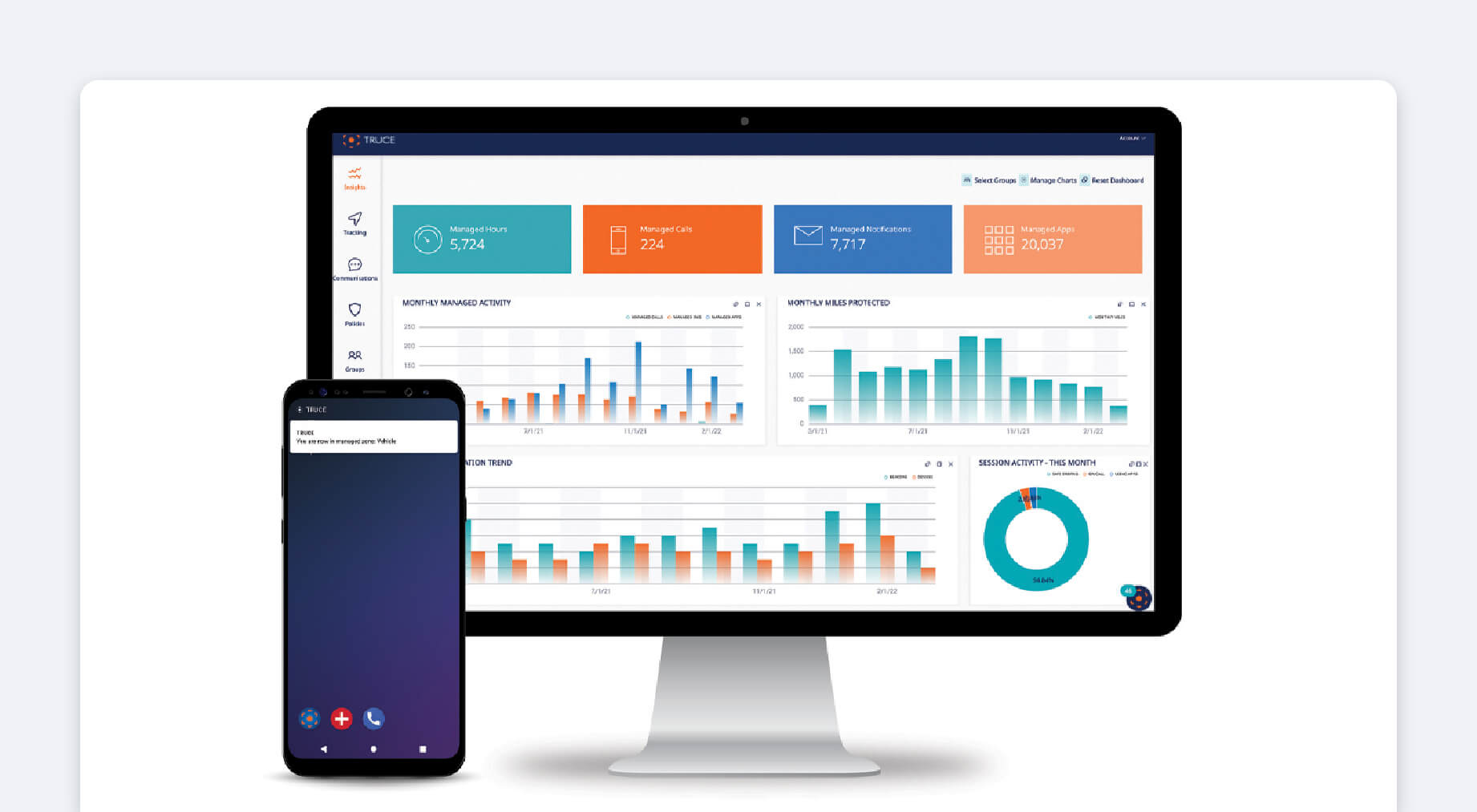
TRUCE is a comprehensive mobile management solution that helps businesses and fleets ensure employees use mobile devices according to company policy — whether behind the wheel, on heavy equipment or within a work zone.
Integrated directly with MyGeotab via the TRUCE add-in, it automatically adjusts device permissions based on real-time inputs like movement, proximity and location. This smart approach minimizes liability and legal exposure by reducing accidents by 40%-60% on average while boosting productivity by allowing normal phone use outside managed zones.
Key features:
- Dynamically adjusts mobile device access based on contextual cues
- Seamlessly embeds within MyGeotab for effortless compliance monitoring
- Differentiates rules for drivers versus passengers and supports various work environments
- Offers intuitive dashboards and compliance alerts for actionable insights
Pros and cons:
Pros | Cons |
|---|---|
|
|
4. Phillips Connect
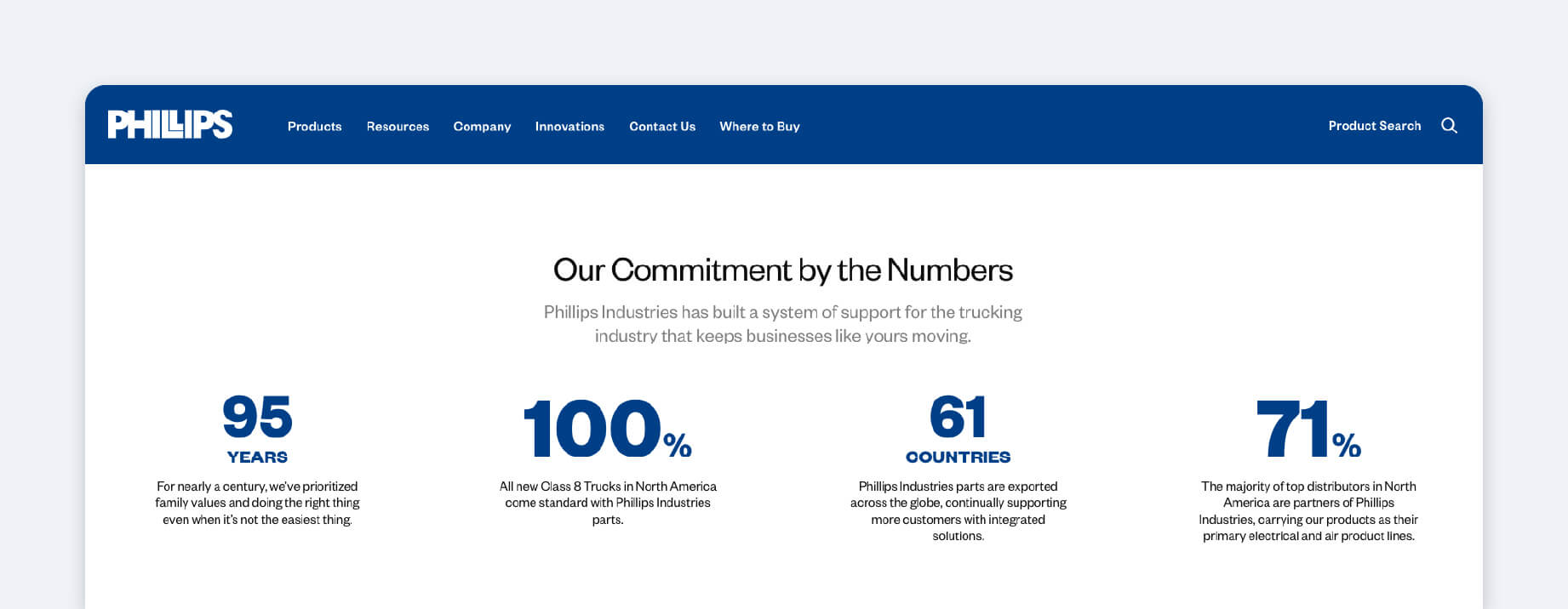
Phillips Connect is redefining telematics by delivering advanced connected asset solutions that go far beyond basic GPS tracking. Its innovative IoT sensor technology gathers data from multiple sources, including tire pressure monitors and cargo cameras, to provide actionable insights for trailers, chassis and containers.
Key features:
- Merges data from various sensors for a holistic view of asset health
- Specifically designed for managing trailers, chassis and containers
- Delivers real-time notifications to mitigate risks and secure assets
- Optimizes maintenance schedules and boosts overall fleet productivity
Pros and cons:
Pros | Cons |
|---|---|
|
|
5. Gamber-Johnson Mounting Solutions
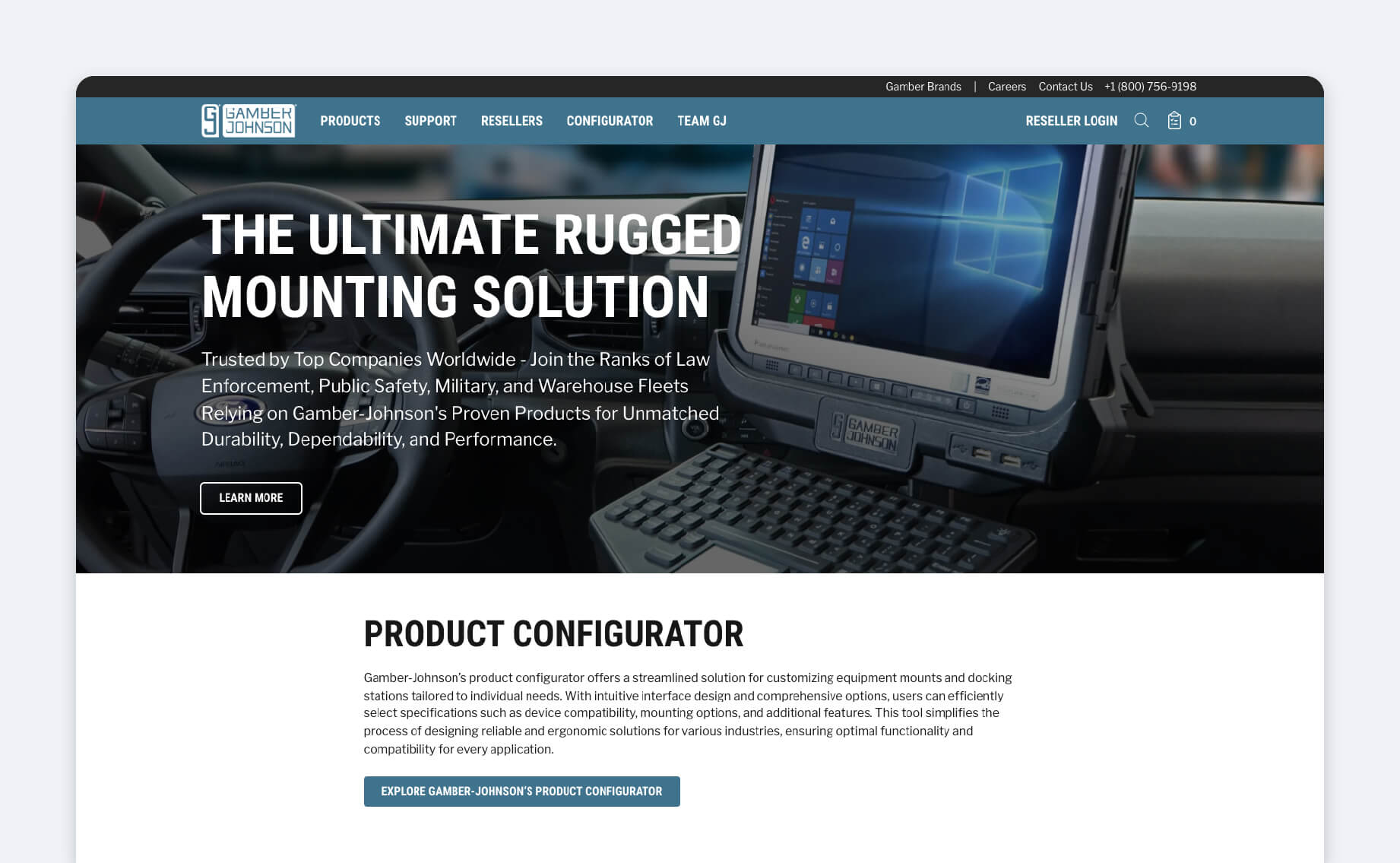
Gamber-Johnson offers innovative mounting solutions for heavy-duty trucks from top manufacturers like Freightliner, Kenworth, Peterbilt, International, Volvo and other OEMs.
Designed to fully comply with federal electronic logging device (ELD) mandates, these mounting systems provide a secure, rugged platform for smaller tablets (8 inches or less), phones and other logistics technology. With both hard mount and no-drill options available, installation is straightforward, ensuring reliable operation in demanding environments.
Key features:
- Options for both drill and no-drill mounting
- Optimizes space and enhances accessibility
- Meets all ELD regulations for logistics fleets
- Built and tested for harsh, heavy-duty conditions
- Available in both charging and non-charging variants
Pros and cons:
Pros | Cons |
|---|---|
|
|
What to look for in heavy equipment transportation providers
When evaluating a heavy equipment transportation provider, you need to make sure your partner can handle the unique demands of heavy machinery hauling.
Here are some other key factors to consider:
- Proven experience in heavy equipment hauling
- Strong safety records and comprehensive driver training programs
- Advanced tracking systems, including GPS tracking and truck tracker technology
- Full compliance with federal and state regulations
- Reliable customer support and effective communication
- Competitive pricing without sacrificing quality
Need help choosing? Use our asset tracker selector to find the right option.
Enhance heavy equipment transport performance with Geotab
Heavy equipment transport businesses often face significant challenges. From safety risks to inefficiencies in routing to escalating fleet expenses, these issues can disrupt operations and impact profitability. Such problems call for a solution that not only addresses these pain points but also streamlines fleet management.
Here at Geotab, we offer advanced heavy equipment fleet tracking that delivers real-time insights and predictive analytics. By optimizing routes, scheduling preventative maintenance and monitoring performance closely, we help you enhance safety and operational efficiency while reducing overall fleet expenses.
Explore our customizable transportation and logistics fleet management solution and what it can do for your business.
Subscribe to get industry tips and insights
Frequently Asked Questions
The cost varies depending on factors like:
- Distance
- Equipment size and weight
- Permit fees
- Additional services like pilot cars
Local moves might cost a few hundred dollars, while long-haul shipments can run into the thousands.
You can use specialized trailers, such as lowboys or multi-axle flatbeds designed to handle oversized loads, to move heavy equipment. All routes are carefully planned to comply with state and federal regulations, with securement methods in place to keep the equipment safe during transit. Heavy equipment is often accompanied by escort vehicles for added safety.
Yes, you generally need a commercial driver’s license (CDL) to operate the vehicles used in heavy equipment hauling since these commercial vehicles usually exceed the weight and size limits of standard licenses.
Geotab team
Table of Contents
Subscribe to get industry tips and insights
Related posts

Ultimate field service management software guide [benefits + options]
April 21, 2025
5 minute read

Building a world-class driver training program: Essential strategies for truckload carriers
April 15, 2025
4 minute read
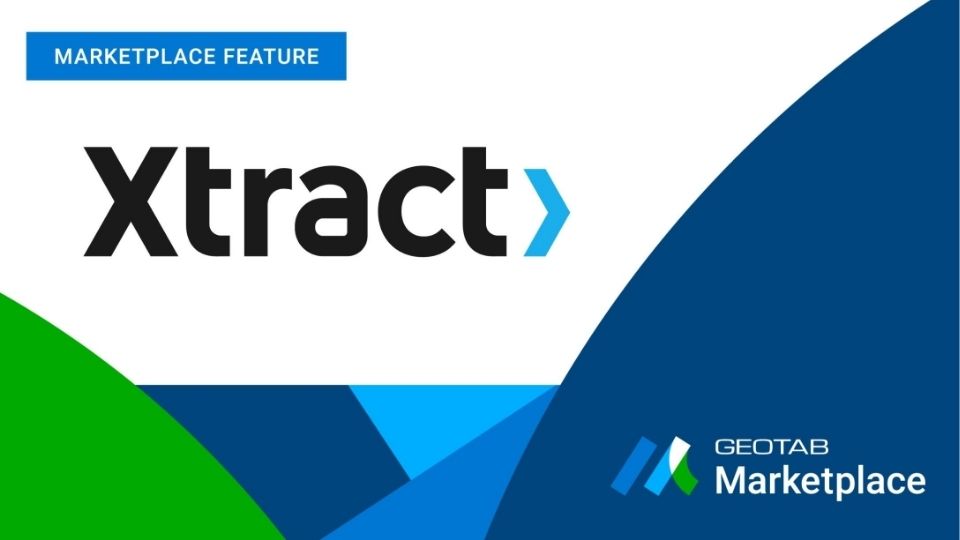
Marketplace Spotlight: From Chaos to Clarity, Innovating Fleet Claims with Xtract
April 15, 2025
1 minute read

Embracing public safety technologies in the face of opposition
April 15, 2025
4 minute read

What is government fleet management software and how is it used?
April 10, 2025
3 minute read

Beyond the road: Enhancing school bus interior safety with advanced technology
April 10, 2025
5 minute read